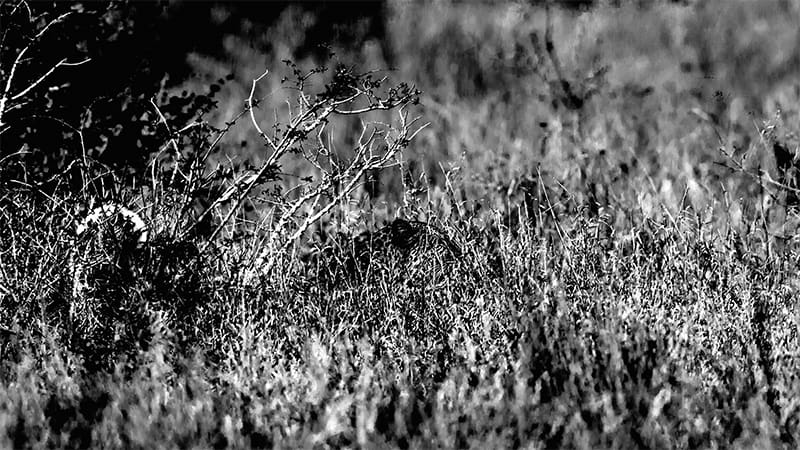
Sometimes, being safe on the job means looking at safety in a whole new way. Here, we want to bring light to how to see safety differently.
When you look at the following photo in black and white, it just looks like thick brush.

But danger lurks in plain sight.
Now look at the photo in color … and that danger comes to life. It’s a leopard hidden in brush, eerily still, eyes locked on potential prey.

See Safety Differently: Our Visually ‘Noisy’ Environment
The National Safety Council Congress & Expo shared these images during its conference last October. The point: To show safety professionals that looking for occupational hazards in everyday surroundings is vital to working safer.
“We live in a very ‘noisy’ environment,” explained Adam Levine at the conference. “There’s so much visual stimulus and sensory stimulus that we have to tune out.
“We all know that we use our attention selectively,” he added. “That applies to vision as well. You leverage your selective attention on the basis of the image you already saw to focus on the part of the image where you know there to be a hazard.”
See Safety Differently: People Only See What’s Important to Them
What he’s discussing is in reference to a 2018 white paper by the Campbell Institute. The study points out that 90 percent of the information individuals take in is visual. When processing so much visual data, people filter it to see only what’s important to them.
“This leads to inattentional blindness, or perceptual blindness, which is becoming blind to countless details,” the white paper explains. “By visually processing a scene step-by-step, and becoming aware of individual visual biases, safety professionals can truly ‘see’ as much detail as possible.”
Each day as you practice safe operations, keep your eyes open to the whole situation versus just what you expect to see or not see.

